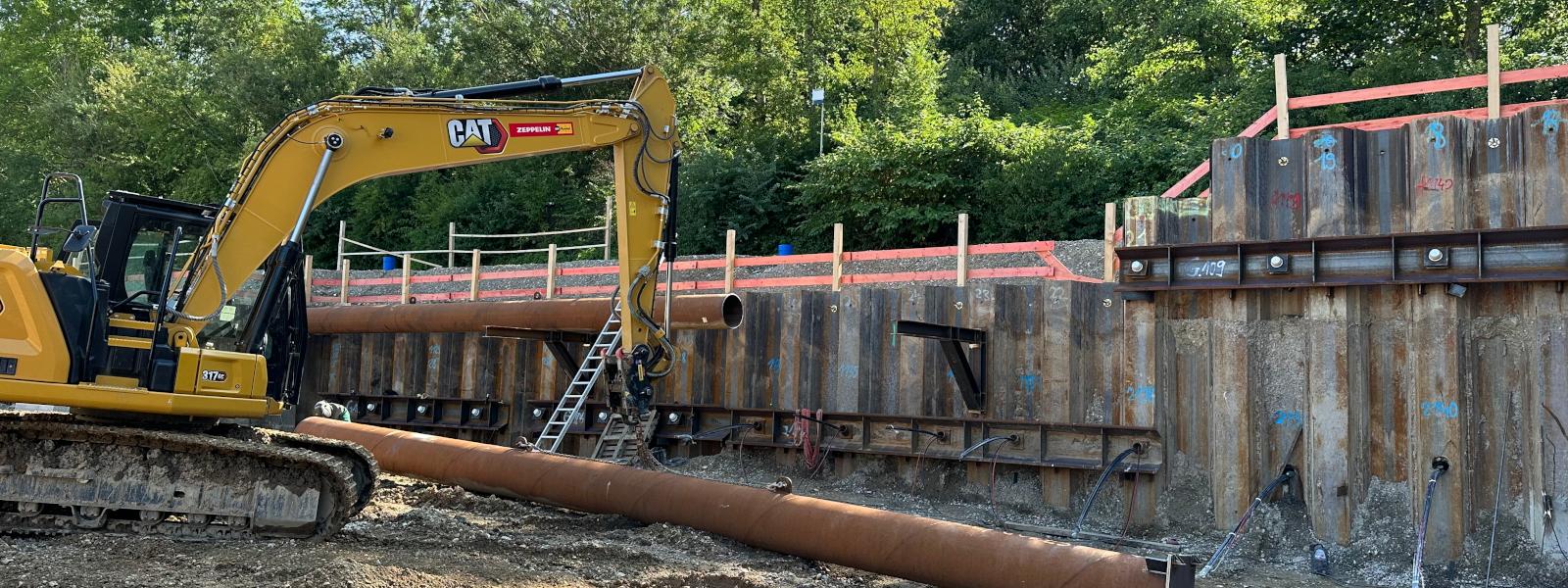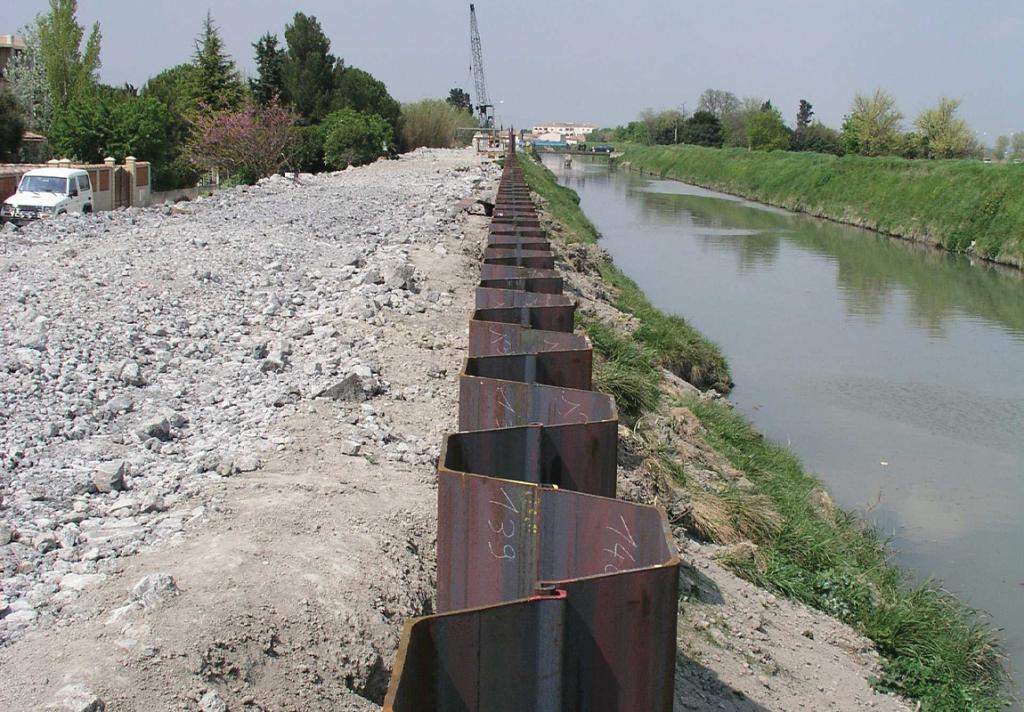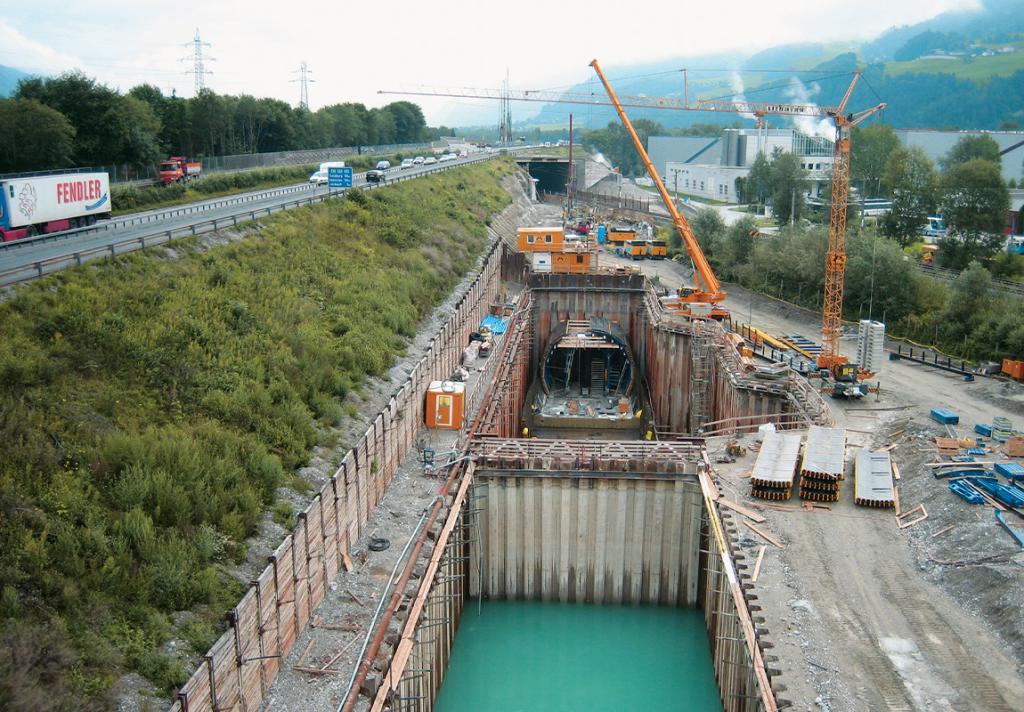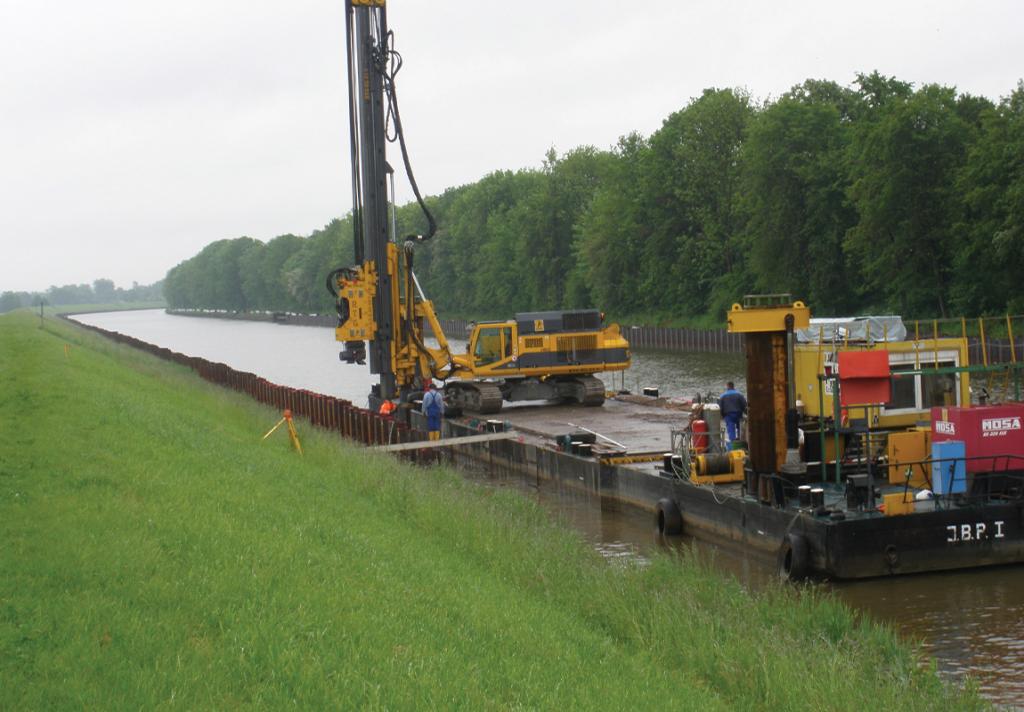Circular Manufacturing
COST action CA 21103.
Circular Manufacturing (CM), understood as CE strategies adopted in manufacturing, takes a key position in decoupling industry growth from environmental impacts. To achieve a transition into circular economy in construction, a clear view on the state-of-the art is crucial. Construction materials such as concrete, cross-laminated timber or steel have an environmental impact during their production and circularity is not always given.
Knowing that the design phase of a product defines a big part of its overall environmental footprint, this chapter discusses CM principles and most commonly pursued CM strategies for steel, concrete and timber. Effects and impacts on buildings and eventual challenges are discussed. Furthermore, Additive Manufacturing (AM), as a possible key driver of circularity is analysed.
Download
 English
English
Circular Economy Design and Management in the Built Environment
This open access book offers a comprehensive exploration of Circular Economy Design and Management within the Built Environment






